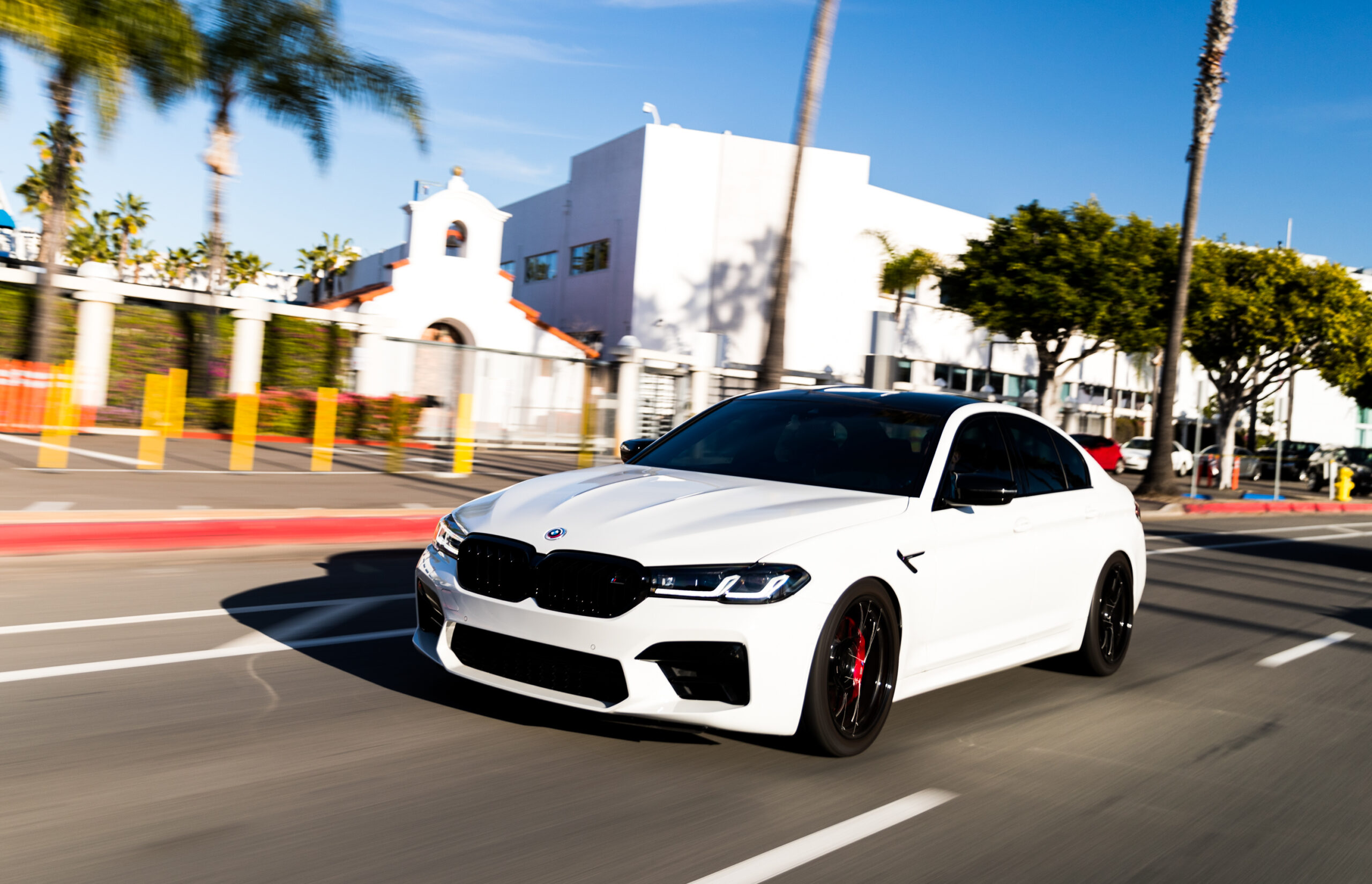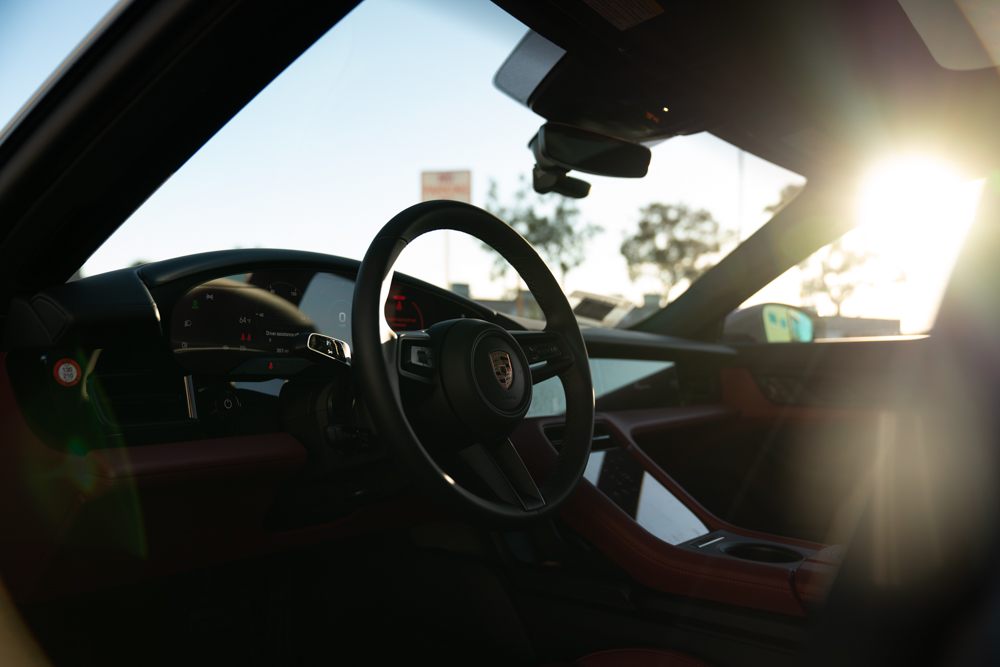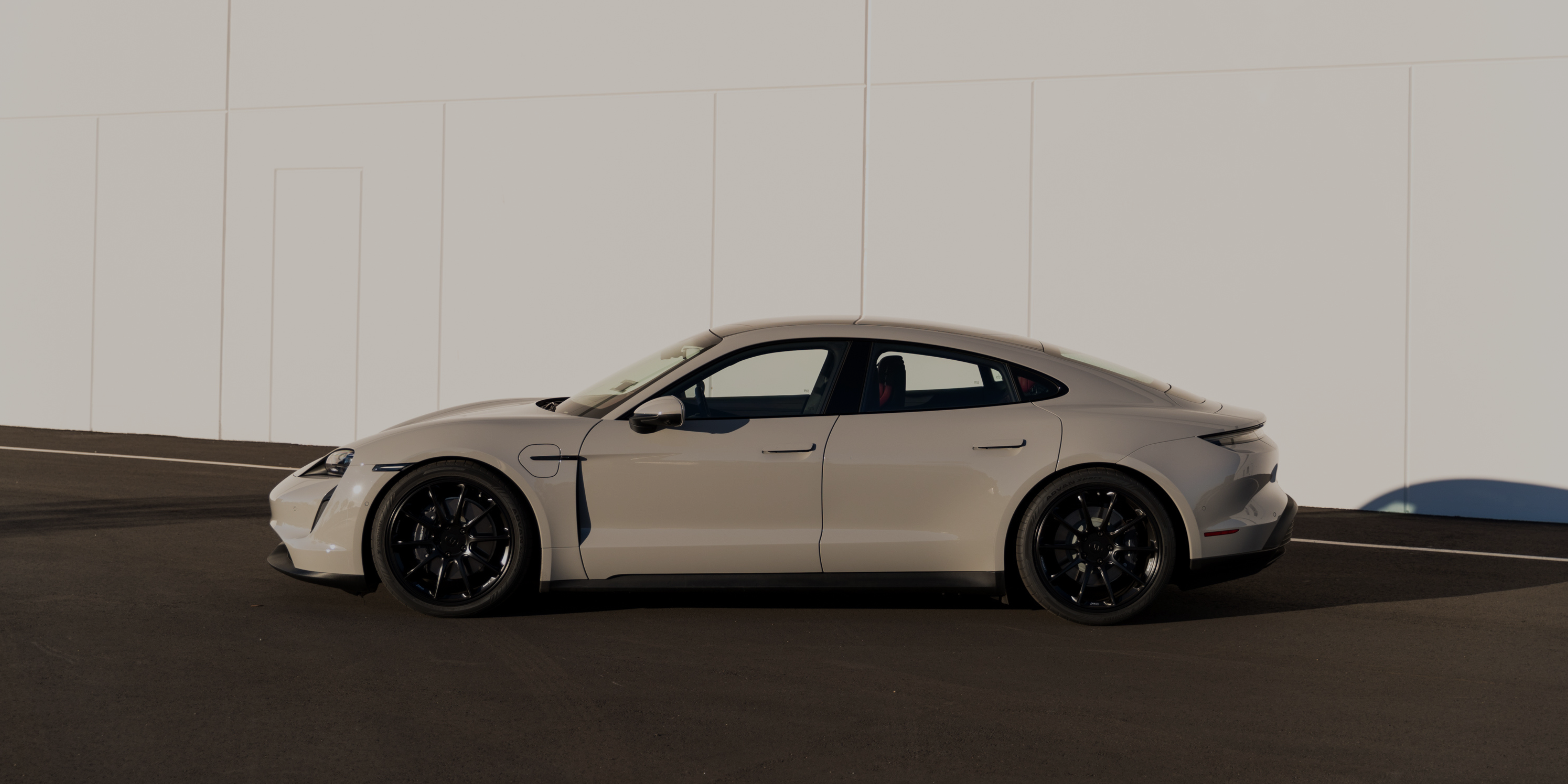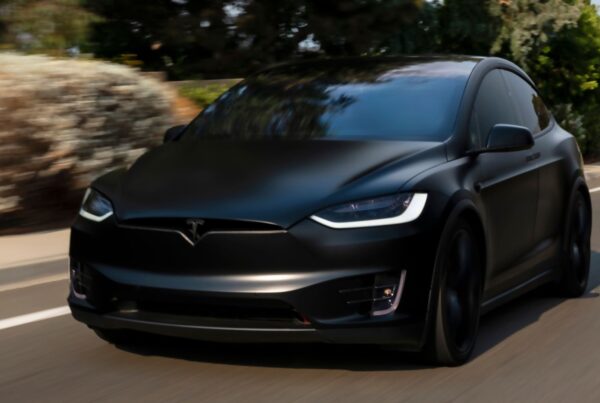Ceramic window tint is a modern solution for enhancing aesthetics, comfort, and efficiency in your car. But is it polarized? In this blog, we unravel the world of ceramic window tint, discussing what it is, its polarization aspects, and the advantages it brings.
By the end, you’ll be well-informed about whether a ceramic tint suits your needs. Join us on this journey to uncover the allure of ceramic window tint, offering style and substance in one elegant solution.

What Does it Mean for Window Tint to be Polarized?
You’ve probably heard the term polarized thrown around with polarized sunglasses or polarized lenses – but it can also apply to car window tint. Polarization in the context of window tinting is used to describe tint film or regular tint that is designed to reduce glare and enhance visual clarity. To grasp the significance of polarization, it’s essential to understand how it works and why it’s sought after by many consumers.
Defining Polarization: Polarization refers to the alignment of light waves along a particular axis. When natural sunlight or artificial light reflects off surfaces like water, glass, or roads, it becomes partially polarized, with light waves oscillating in specific directions. This polarization can create intense glare, reducing visibility and causing discomfort, especially while driving.
How Does Polarized Window Tint Work and What Are the Advantages?
Polarized window tint is engineered with a unique feature: it selectively blocks certain orientations of polarized light waves, preventing the rainbow effect. This means it can effectively reduce glare caused by horizontally polarized light, such as the glare from water surfaces or the road. As a result, polarized window tint improves visibility, minimizes eye strain, and enhances overall comfort, making this type of tint a popular choice for sunglasses and automotive glass.
Polarized window film is often used to reduce glare and improve visibility by filtering out certain wavelengths of polarized light. In this context, it can help prevent the rainbow effect that might occur when unpolarized light reflects off surfaces and creates glare or unwanted visual distractions.
Is Ceramic Tint Polarized?
Now, the answer to the question that you’ve all been waiting for: Is ceramic window tint polarized? No, it is not. To address this, it’s crucial to clarify the nature of ceramic window tint and its properties.
What Makes Ceramic Window Tint Special?
Ceramic window tint is renowned for its unique composition, comprising tiny ceramic particles distributed throughout the film. This composition grants it exceptional heat rejection capabilities, UV protection, and optical clarity. These attributes have made it a desirable choice for car window tint.
So, while it is not polarized, ceramic film does help improve overall clarity while driving by reducing glare, providing an overall safer experience. This makes it a great choice for your rear window, front windshield, and side windows. It is important to note that if you’re going to use ceramic tint as a windshield tint, you must choose a lighter VLT in order to abide by window tint laws in your state.

Polarization and Ceramic Window Tint:
While ceramic window tint excels in several areas, it is not typically manufactured to be polarized. The primary focus of ceramic window tint is on heat reduction, UV protection, and maintaining clear visibility. Therefore, it lacks the specific polarizing properties that are characteristic of certain other window tint materials.
It’s essential to distinguish between different types of window tint and their intended purposes. Polarized window tint is specifically engineered to combat glare through polarization. In contrast, ceramic window tint prioritizes heat reduction and UV protection.

Benefits of Ceramic Window Tint
When considering window tint options, it’s essential to weigh the advantages each type offers. While ceramic window tint is not polarized, it comes with a host of benefits that make it a compelling choice for various applications.
Exceptional Heat Rejection
Ceramic window tint stands out for its impressive heat-rejection properties. By blocking a significant portion of infrared rays (IR), it keeps the interior of your car cooler during scorching summer days.
Benefits of Ceramic Window Tint
The harmful effects of ultraviolet (UV) rays are well-documented, from skin damage to interior fading. Ceramic window tint acts as a barrier, blocking harmful UV rays and protecting you, your passengers, and the interior surfaces of your vehicle or building from UV-related harm.
Clarity and Visibility
Clear visibility is essential for safety, whether you’re driving a car or navigating a building. Ceramic film maintains excellent optical clarity both day and night, ensuring that you can see clearly without straining your eyes.
Non-Metallic Nature
Unlike some traditional metallic-based tints, ceramic window tint is non-metallic. This eliminates concerns about interference with electronic devices, such as GPS, mobile phones, or radio signals.
Durability
Ceramic window tint is renowned for its durability. It resists fading, bubbling, and peeling over time, ensuring that your investment lasts for years to come. This durability makes it a cost-effective solution in the long run.
Privacy and Aesthetics
Ceramic window tint can enhance privacy by reducing the visibility of the interior from the outside while still allowing you to see clearly. Additionally, it adds a sleek and sophisticated look to your vehicle or building, enhancing its overall aesthetic appeal.
Check Out Our Youtube Video: The Best Ceramic Window Tint of 2023
The Advantages of Ceramic Window Tint
Ceramic window tint, while not polarized, emerges as a standout choice in the world of window films, offering many benefits that cater to both aesthetics and practicality. In this article, we embarked on a journey to explore ceramic window tint, understand its unique composition, clarify the concept of polarization in window tinting, and answer the question of whether ceramic window tint is inherently polarized.
We discovered that ceramic window tint, while not polarized, is primarily engineered to excel in other crucial areas, such as heat rejection, UV protection, clarity, durability, and energy efficiency.
The absence of polarization in ceramic window tint should not be seen as a limitation but rather as a specialized focus on delivering exceptional performance in the areas that matter most to consumers.
While ceramic window tint may not be polarized, it offers a comprehensive solution for those seeking comfort, safety, and energy efficiency.
We hope this exploration has empowered you to make an informed decision about whether ceramic window tint aligns with your requirements and preferences.
If you’re interested, check out Ceramic Pro’s ceramic window films here. Our KAVACA ceramic window films were designed to deliver cutting-edge protection while allowing you to maintain your factory look – all backed by a Carfax-verified warranty. Choose a light VLT for your front windows, sunroof, and windshield while choosing a darker VLT for your back windows. Learn more about our other protection films and ceramic coatings to fully protect your car. To find an expert window tinter or Elite Dealer, click here to conduct a more advanced search and find one near you.





